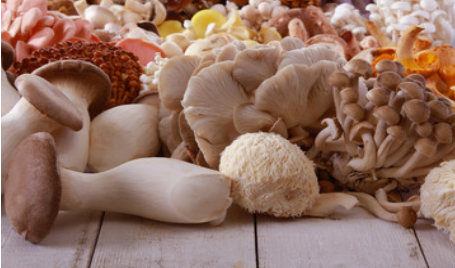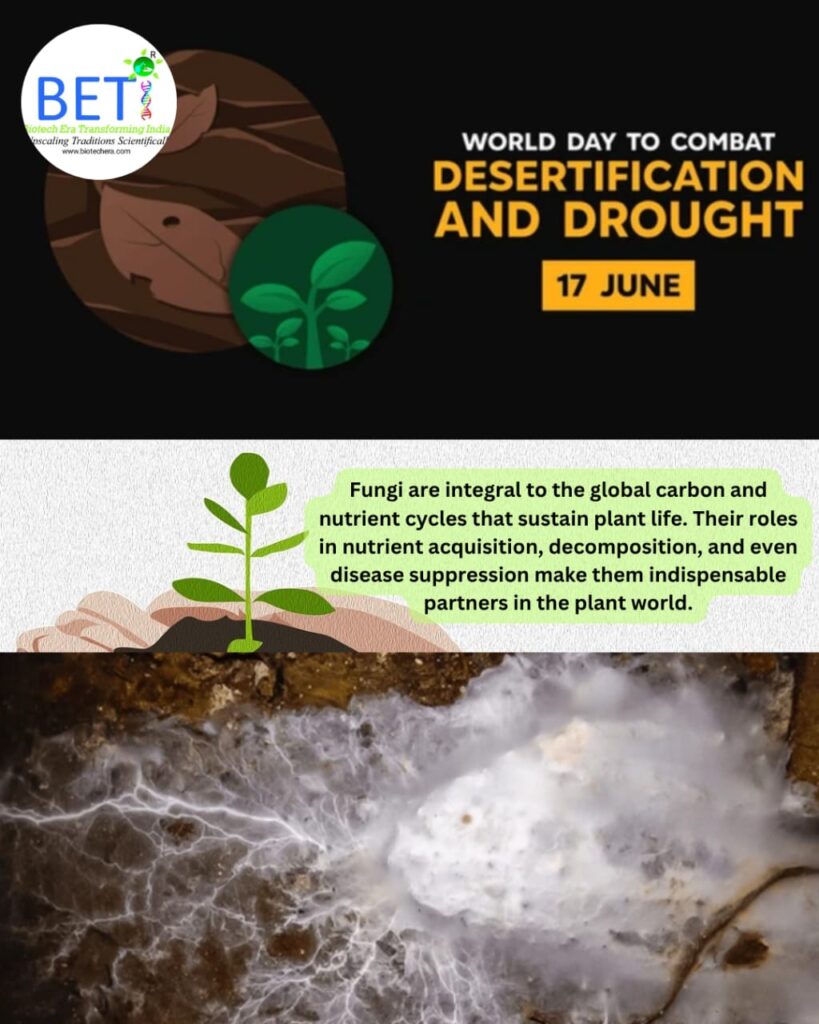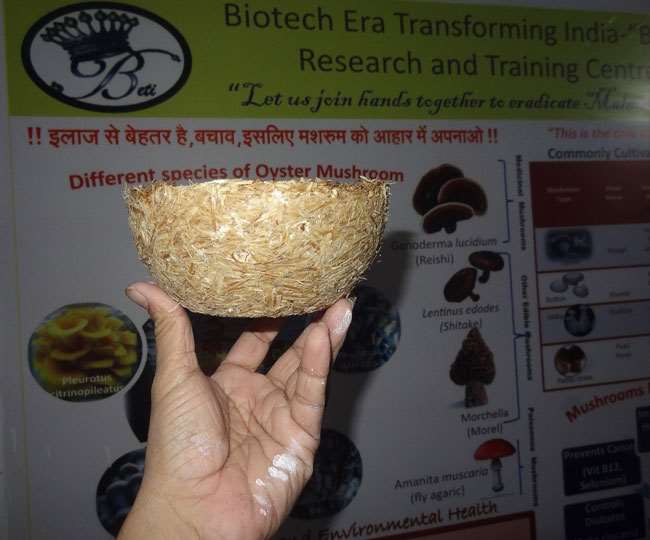A Vegan Diet’s Savior: The Mushroom and Its Impact on Veganism
In recent years, veganism has started to grow in popularity with people wanting to make the switch to plant-based foods for health benefits, sustainability, and ethical concerns regarding animal welfare. Due to these reasons, vegan diets often tend to consist of whole foods such as organic fruits, vegetables, nuts, seeds, and most importantly, mushrooms. Mushrooms are rich in protein as well as contain a lot of essential vitamins, nutrients, and minerals, making them a great option for people who are considering the vegan lifestyle. They can be used in a wide variety of dishes as they are versatile and act as a nutritional powerhouse in the vegan world. Mushrooms: The Nutrition-Packed Powerhouse & Meat Substitute Mushrooms, as we know, are a nutritionally rich food that can support a vegan diet in a balanced way. Although not as much as legumes, they also provide a good amount of protein and are rich in vitamins and minerals like Vitamin B12, Vitamin D, iron, copper, potassium and selenium. They also contain good amounts of antioxidants such as glutathione that helps to reduce inflammation and support the immune system. Regular eating of mushrooms may help lower cholesterol, support immunological function, and potentially lessen the incidence of certain malignancies due to polysaccharides and antioxidants. They also include beta-glucans and other fibers that act as prebiotics, that help to maintain a healthy gut and overall digestion. They are often known as the “meat” of the plant world due to their fleshy texture and umami taste, along with the ability to absorb flavors and provide a perfect satisfying bite. This makes mushrooms a great substitute for meat for people trying to follow to a vegan diet. Some popular mushroom options to be used for cooking are shiitake, portobello, king trumpet and Oyster mushrooms. Culinary Versatility of Mushrooms Mushrooms can be prepared in several ways through cooking methods like grilling, roasting and sauteeing. Various dishes that can be used and prepared are: Popular Mushroom Dishes The Sustainable and Ethical Impact Mushrooms have also proved to be a great sustainable food choice as it requires minimal resources, water and energy to be produced compared to agriculture and livestock. They can be grown on agricultural waste and only require a warm and humid environment to grow which is easy to replicate at commercial scales as well as at home. Even after harvesting, the remaining substrate can be used as fertilizer and further enrich the soil or even be used as animal feed, creating a nutrient loop and making entire use of the mushroom’s life cycle. Since people have started following a vegan lifestyle have switched to mushrooms from meat, it has impacted their ecological footprint as well as promoted sustainable and eco-friendly food systems as mushroom farming not only supports ecosystems and biodiversity while also offering significant advantages over growing of livestock for meat. Conclusion Mushrooms truly are the heroes of vegan nutrition and diet. The unique combination of taste, nutrition, and sustainability makes mushrooms the perfect candidate for anyone who is trying to follow a plant-based lifestyle. Whether you’re a dedicated vegan or simply want to incorporate more plant-based foods into your diet, mushrooms provide limitless opportunities to feed your body and pleasure your palette. References
A Vegan Diet’s Savior: The Mushroom and Its Impact on Veganism Read More »









